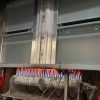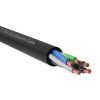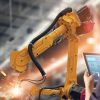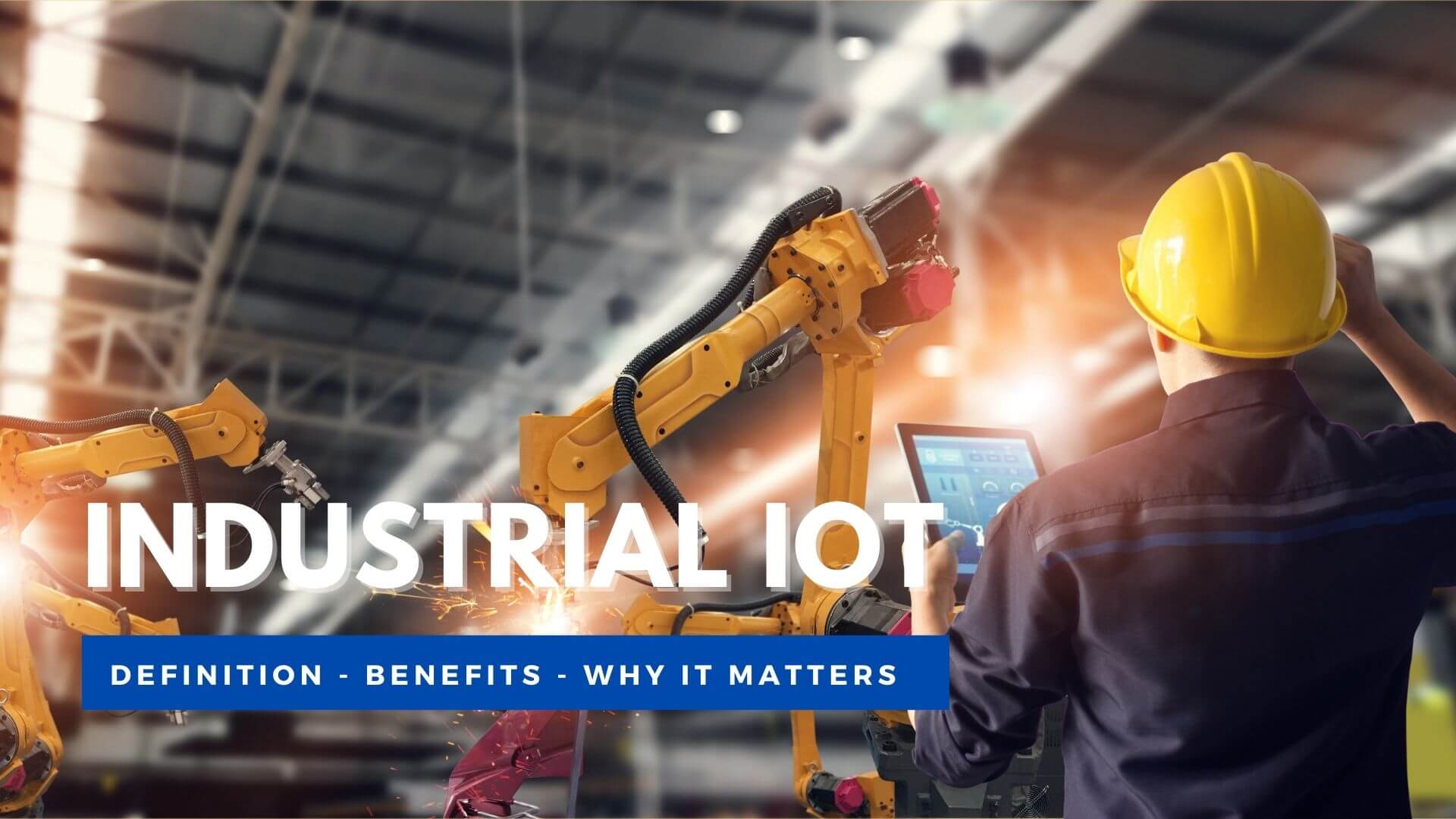
What is IIoT?
The industrial internet of things (IIOT) can be defined as the use and expansion of the internet of things in the industrial sector and applications. With a strong focus on machine-to-machine (M2M) communication, big data, and machine learning, IoT enables industries and businesses to perform better and more reliably in their work. IoT includes industrial applications, including robotics, medical devices, and software-defined production processes. IIOT generally surpasses IoT-related physical devices, common consumer devices, and Internet networks. The intersection of Information Technology (IT) and Operational Technology (OT) makes it distinct from others. OT refers to the networking of operational processes and industrial control systems (ICS), including human-machine interfaces (HMI), supervisory control and data acquisition (SCADA) systems, distributed control systems (DAS). CS), and Programmable Logic Controllers (PLC)
The IT and OT exchange provides industries with greater system integration in terms of automation and optimization, as well as better exposure to the supply chain and logistics. Industrial tasks such as agriculture, healthcare, manufacturing, transportation, and utilities are facilitated by monitoring and control of physical infrastructure, smart sensors, and actuators, as well as remote access and control.
IoT is an integral part of how the cyber-physical system and production process can be transformed with the help of big data and analytics. Real-time data from sensors and other information resources help industrial devices and infrastructure in their “decision-making”, with insights and specific actions. Machines are able to do more work and automate things that previous industrial revolutions could not handle. In a broader context, IIOT is essential to use connected ecosystems or environmental issues, such as how cities become smart cities and factories become smart factories.
Benefits of IIOT in manufacturing
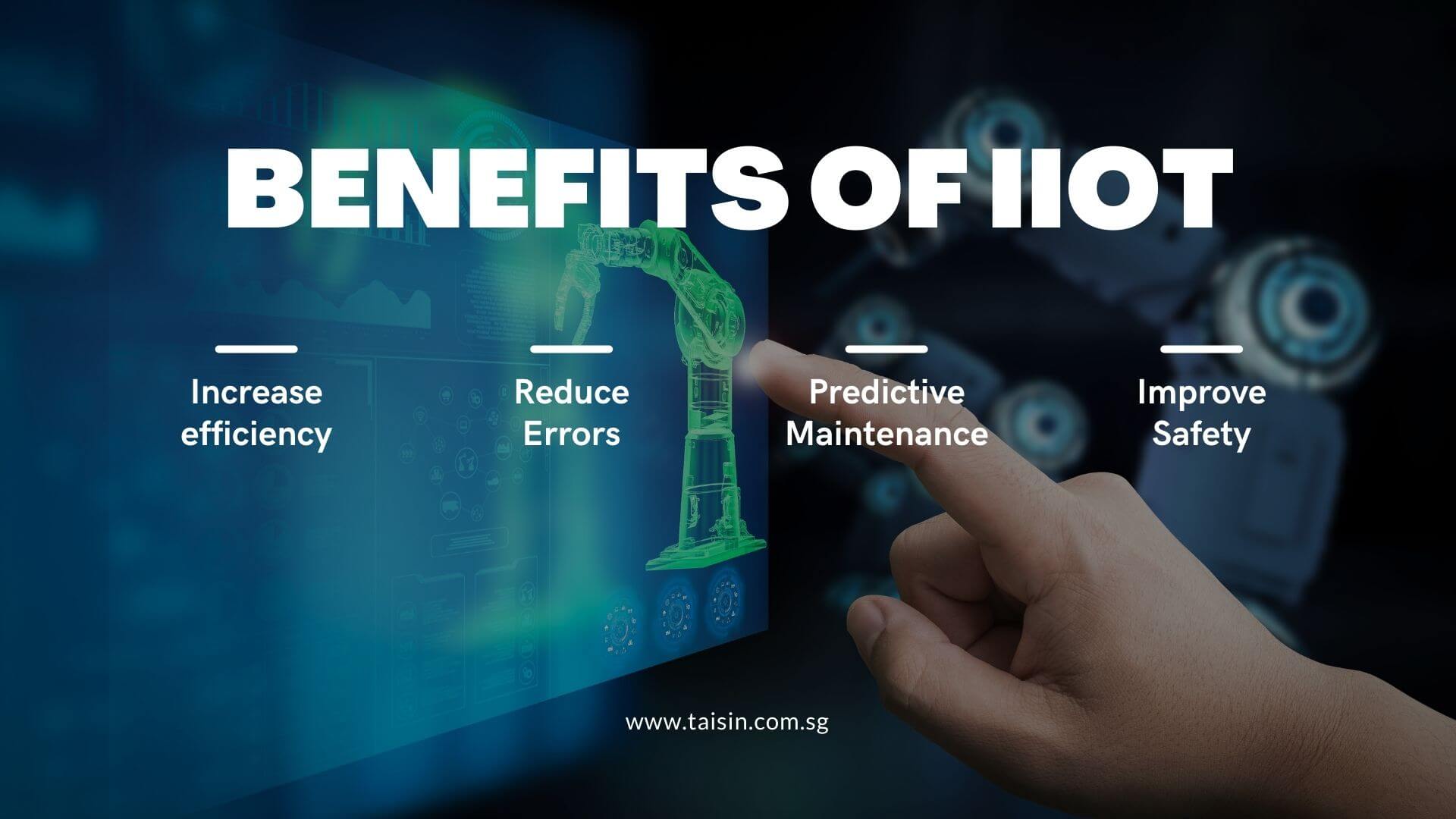
Increase efficiency: The biggest advantage of IoT is that it gives manufacturers the ability to automate automation, and therefore they improve their operating efficiency. Robotics and automated machinery can work more efficiently and accurately, increase productivity and help manufacturers simplify their operations. In addition, physical machinery can be connected to software through sensors that monitor performance on a regular basis. This gives manufacturers better insight into the operational efficiency of individual pieces of equipment as well as the entire fleet. IIOT-enabled data system manufacturers to improve operating capabilities by ignoring manual tasks and functions and implement automatic, making data-driven decisions about all manufacturing tasks, monitor performance from anywhere – manufacturing destination or thousands of miles away.
Reduce Errors: Empowers industrial IoT manufacturers to digitize almost every part of their business. By reducing manual processes and entries, manufacturers are able to reduce the greatest risk associated with manual labor – human error. IIOT solutions can also reduce the risk of cyber and data breaches caused by human error. A report on the cybersecurity trend named people as the biggest cause of cybersecurity violations, while the human error was the 37% culprit at the time. Programs and machinery powered by AI and machine learning can perform highly demanding computing on their own, eliminating the possibility of making simple mistakes and endangering manufacturer’s data.
Predictive Maintenance: Machine downtime adversely affect any manufacturing operation. The Aberdeen Research Group calculates that the average cost per hour in all manufacturing types is equal to $260,000. When the manufacturing world reacts to maintenance rather than mobilization, manufacturers are stuck recognizing what the problem is, how it can be repaired, and what the cost will be. With the restoration of the forecast driven by industrial IoT solutions, all these issues are eliminated.
Improve Safety: All the data and sensors required for a fully functioning IIOT manufacturing operation are also helping to increase workplace safety. “Smart manufacturing” is turning into “smart security” at a time when all IoT sensors will work together to monitor workplace and employee safety. Wearers have been part of IoT since its inception, and are now being used in industrial IoT operations. Wear helps employees keep tabs on tasks such as currency and ambient noise levels, and then they can improve working conditions and potentially improve performance. They can warn employees when they are not following proper safety measures in the workplace so that they can get their work right and stay safe at work.
Article you may interested: https://www.taisin.com.sg/our-products/busbar-trunking-system/
IOT vs IIOT
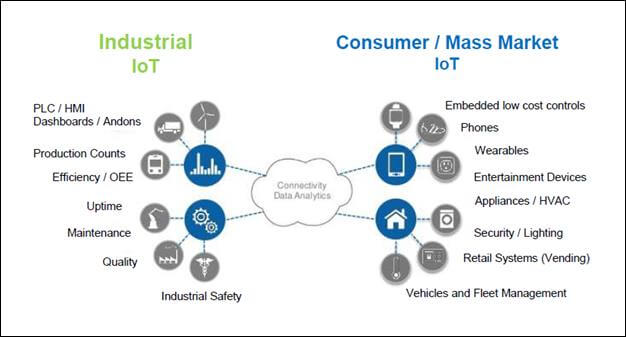
Image Source: https://www3.technologyevaluation.com/research/tec-report/prophecy-iot-uncovering-the-mysteries-of-shop-floor-operations.html
IoT, the Internet of Things, is often referred to as a “smart” object. Transmits and receives data from cars, home appliances to shoes, and light switches that connect to the Internet and connect the physical world to the digital world. The availability of both concepts, intelligent and connected devices plays a central role. The only difference between the two is their general use. While IoT is commonly used for consumer use, IIOT is used for industrial purposes such as manufacturing, supply chain monitors, and management systems. The example below will give you a clear picture of both concepts.
IIOT uses more sophisticated tools to expand existing manufacturing and supply chain monitors to provide wider, more detailed exposure and automatic control and analytical analysis. On the other hand, IoT has been developed with the concept of using smart devices to improve the convenience of users, where human beings interact with devices to get some benefits. For example, home appliances connected to the home will reduce your monthly bills by managing the use of your resources, such as automatically turning off the electricity when you leave the house or adjusting the room temperature based on the current weather.
Why does IIoT matter?
If the security of this IIOT environment is poorly enforced, it could have a severe impact on the cybersecurity of the entire organization, potentially providing new ways for hackers to hack into the heart of industrial systems. There are detrimental consequences that go beyond data theft. On the IoT network, it is possible that for the operational technology that was previously a separate network – which was responsible for monitoring and controlling physical devices such as pumps and valves – the rest of the information technology network Can be combined altogether. While this can be beneficial, the danger is that a major piece of software that was once run in a secure environment is now connected to a wider network, making it an easy target for hackers. That is why IIOT should be much better because the failure of an IIOT network can be devastating and may cause a huge loss.
”The danger is that a major piece of software that was once run in a secure environment is now connected to a wider network, making it an easy target for hackers.


